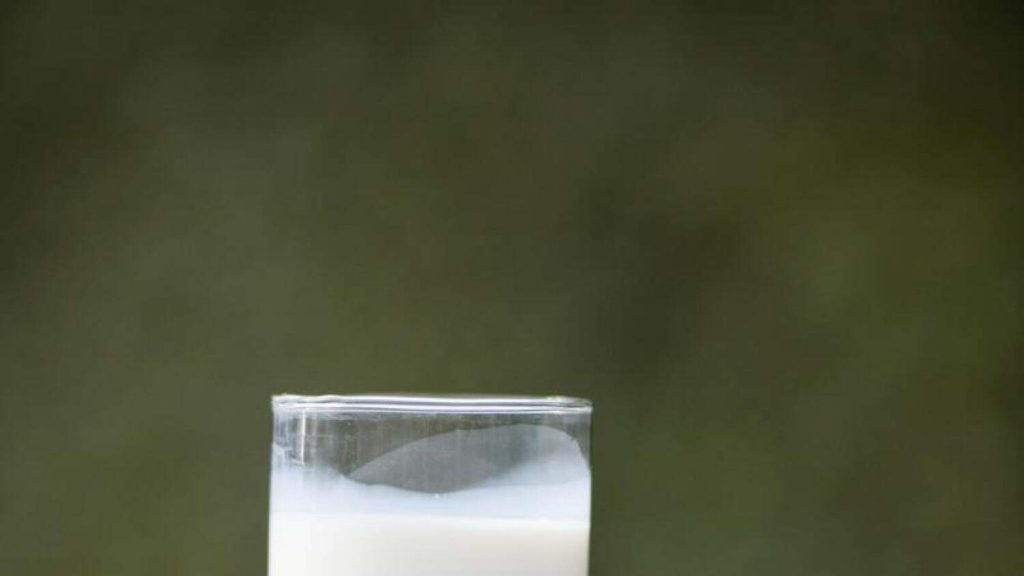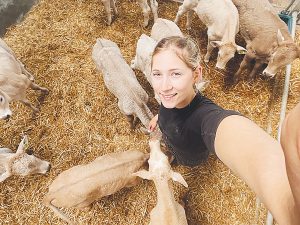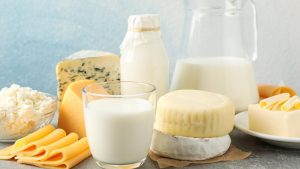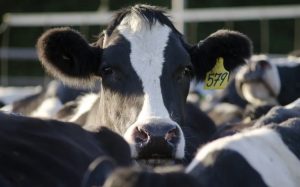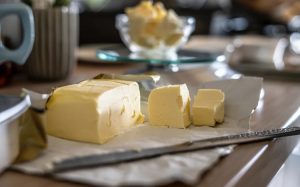
See below commentary from RaboResearch Senior Agricultural Analyst Emma Higgins following Fonterra’s revision of the farmgate milk price forecast earlier today.
The Forecast farmgate milk price has been significantly adjusted. Fonterra have chopped $1.00/kgMS from their previous midpoint of $8.00/kgMS, with a new midpoint now at $7.00/kgMS for the current 2023/24 milk production season. The new forecast milk price range is $6.25/kgMS – $7.75/kgMS.
It’s always darkest before dawn.
Following this week’s GDT auction, dairy commodity prices are now below 5-year averages. This is a significant adjustment in dairy commodity pricing – an adjustment which has been happening since Q2 last year. It will be painful for those going through this period of adjustment.
Costs have lifted 13% YOY. The farm price expense index for Q1 2023 shows all input costs have lifted 13% YOY (i.e. comparing Q1 23 with Q1 22). The biggest needle mover is interest rates (+50% YOY), followed by fertiliser (+11% YOY), dairy shed expenses (+11%) YOY, and insurance premiums (+9% YOY). At the same time, over this period, Fonterra’s farmgate forecast mid-point dropped 11% YOY.
Fonterra’s latest farmgate forecast mid-point (August 2023) compared to the same period in 2022 has weakened by 24%.
The fall is largely down to lower import demand from China which is currently working through a wave of milk – a surge that has been growing for some years. Production growth is slowing down – which is what we need to see for markets to rebalance – but the rate of growth for the first half of 2023 has exceeded our expectations. Milk supply growth was 7.5% YOY in the first half of 2023, with a slowdown in Q2 vs Q1.
This is another cycle in dairy commodity markets.
Markets are weak, and they are challenging at the moment. But we do not consider this to be a super-cycle downturn.
For reference, in the dairy downturn period (including seasons 2014/15 – 2015/16), the milk price plummeted from $8.40/kgMS (2013/14) to $4.40/kgMS (2014/15). If we adjust for inflation, that’s like the milk price in today’s terms sinking from almost $10.60/kgMS to $5.50/kgMS.
There are some rays of optimism for pricing out there
As mentioned in our latest Agri Monthly report (attached) the triggers for a rebalance within China are in play. Milk prices are shifting lower, cost pressure is being felt, farm expansion is slowing. China reopening is occurring – but the demand settings are weak and uncertain.
Outside of China, RaboResearch believes inventory levels in dairy markets are low. This is a key difference to the Dairy Downturn period, where some dairy commodity prices – particularly SMP – were under pressure for an extended period due to intervention stocks in the EU. Another key difference to the Dairy Downturn is that the supply outlook this time around is much more modest. Whether it’s cost pressure in the US, weather issues in parts of the EU, or even looking further ahead to El Nino risks, the challenge is clear for milk supply growth from major exporting regions.
Looking ahead, New Zealand milk production will need some stable weather. Budgets won’t enjoy any fickle spring storms or anything going amiss in the final stages of winter.
Rabobank is currently in the process of developing its Q3 Dairy Quarterly report which will include an updated milk price forecast. This will be released in early September.
